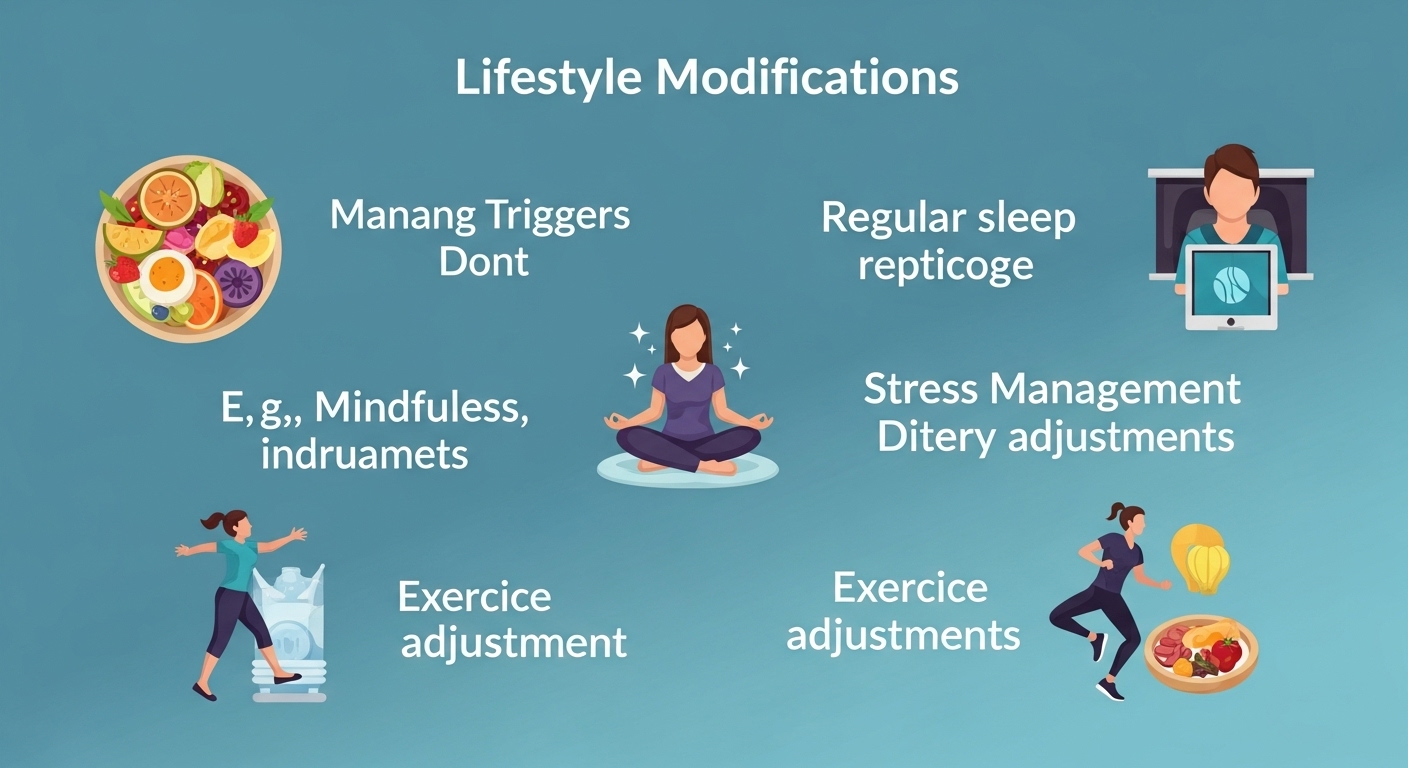In the medical field, Cid10g43 plays a significant role in identifying and categorizing a specific set of health conditions. The term Cid10g43 refers to a code from the International Classification of Diseases, commonly known as ICD-10, which is used globally by healthcare providers and researchers. This code helps standardize diagnoses across medical systems, ensuring consistent communication and effective treatment planning. Understanding what Cid10g43 represents, its causes, symptoms, and treatment approaches is essential for both medical professionals and patients dealing with related conditions.
What Is Cid10g43?
Cid10g43 is the code used to identify migraine disorders within the ICD-10 classification system. Migraines are neurological conditions characterized by intense headaches, often accompanied by nausea, sensitivity to light, and visual disturbances. The Cid10g43 code helps doctors categorize different types of migraines, including those with or without aura, so that appropriate treatments can be administered. The use of Cid10g43 in medical documentation also supports accurate billing, research, and epidemiological studies.
Common Types of Cid10g43 Conditions
The Cid10g43 classification covers a range of migraine types, each with distinct features. One common type is migraine with aura, where patients experience visual or sensory disturbances before the headache begins. Another type under Cid10g43 is migraine without aura, which is more common and often more severe. There are also chronic migraines, which occur on 15 or more days per month, significantly affecting a person’s quality of life. Understanding these variations under the Cid10g43 code helps doctors create targeted treatment strategies for each patient.
Causes and Triggers of Cid10g43-Related Migraines
Migraines categorized under Cid10g43 are often triggered by a combination of genetic, environmental, and lifestyle factors. Common triggers include stress, hormonal changes, irregular sleep patterns, dehydration, and certain foods like chocolate or cheese. In many cases, individuals with Cid10g43 migraines have a family history of the condition, suggesting a genetic link. Recognizing these triggers allows for better prevention and management, as patients can make conscious adjustments to their routines to reduce migraine frequency.
Symptoms Linked to Cid10g43
The symptoms associated with Cid10g43 migraines go beyond ordinary headaches. They can include pulsating pain on one side of the head, nausea, vomiting, dizziness, and sensitivity to sound and light. Some individuals also experience difficulty concentrating or temporary vision loss. These symptoms can last from a few hours to several days, making Cid10g43 migraines a serious health issue that requires timely attention. Understanding symptom patterns under Cid10g43 helps in early diagnosis and effective treatment planning.
Diagnosis and Medical Evaluation Using Cid10g43
Healthcare providers rely on the Cid10g43 code for accurate diagnosis and record-keeping. Diagnosis is typically based on a patient’s medical history, reported symptoms, and sometimes imaging tests to rule out other neurological issues. The consistent use of Cid10g43 ensures that medical records are standardized and comparable across clinics and hospitals. This uniformity supports data-driven research and helps track global migraine statistics effectively.
Treatment and Management for Cid10g43
Managing conditions under Cid10g43 involves both medication and lifestyle adjustments. Doctors often prescribe pain relievers, anti-nausea medications, and preventive drugs such as beta-blockers or antidepressants. In addition, stress management techniques like meditation, regular exercise, and a balanced diet can help minimize Cid10g43 migraine attacks. For chronic cases, advanced treatments such as Botox injections or nerve stimulation therapies may be recommended. The key to successful management is understanding personal triggers and maintaining a consistent health routine.
Living with Cid10g43: Long-Term Outlook
Living with a Cid10g43 diagnosis can be challenging, but many people learn to manage their symptoms effectively through lifestyle adaptation and medical support. Keeping a headache diary helps identify triggers and patterns. Regular follow-ups with healthcare providers ensure that treatment remains effective. With proper care, individuals with Cid10g43 migraines can lead productive and fulfilling lives, despite the recurring nature of their condition.
Conclusion
Understanding Cid10g43 is crucial for anyone affected by migraines or working in healthcare. This code not only standardizes diagnosis but also improves treatment outcomes and data accuracy. By identifying causes, recognizing symptoms, and adopting suitable management techniques, both patients and doctors can navigate the challenges associated with Cid10g43 migraines more effectively. Consistent awareness and preventive measures can significantly reduce the burden of this condition.
